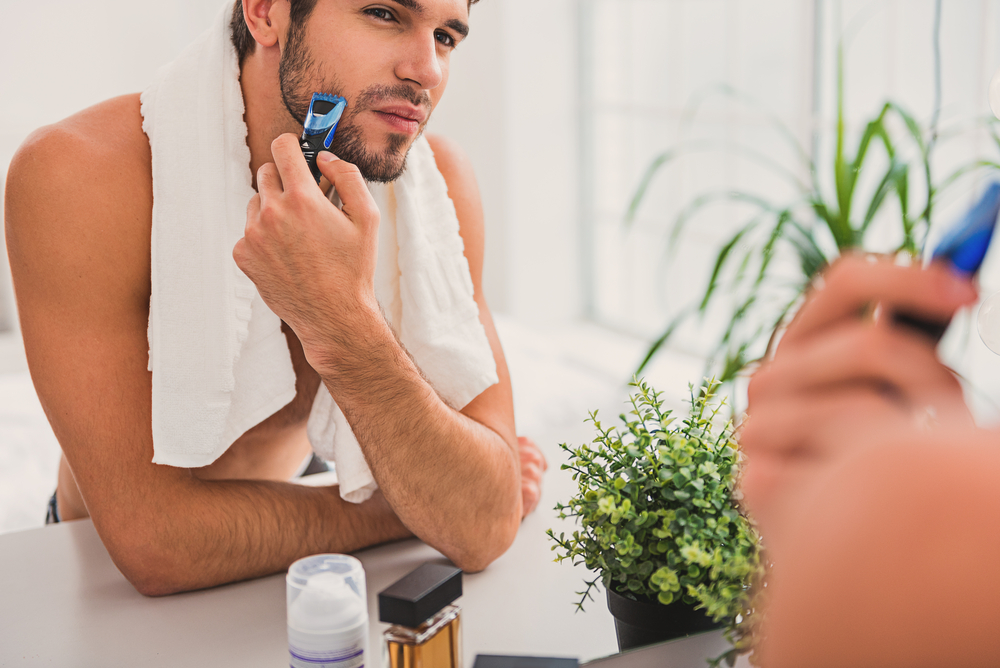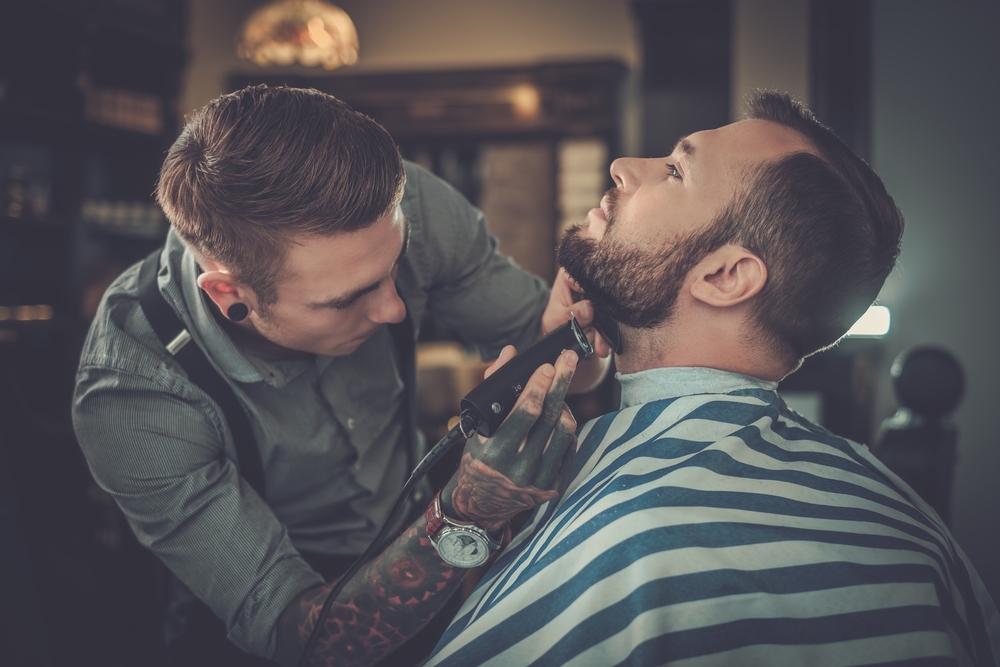Comprehensive Guide to Men’s Shaving: Expert Tips for a Smooth and Comfortable Grooming Routine
Discover in-depth shaving techniques tailored for men with sensitive or acne-prone skin. Learn about proper hydration, product selection, razor maintenance, and aftercare to achieve a smooth, irritation-free shave. This comprehensive guide emphasizes techniques that prevent razor bumps, cuts, and irritation, ensuring a comfortable grooming routine. Whether you're a beginner or experienced shaver, these expert tips will elevate your grooming game and help you maintain a polished, confident look every day.

Essential Men’s Shaving Tips for Achieving a Flawless and Comfortable Grooming Experience
Unlock expert advice on shaving techniques that help men attain a perfect and irritation-free shave, enhancing confidence and overall appearance.
Shaving and facial grooming are fundamental parts of daily personal care routines for many men. A well-maintained beard or smooth face not only boosts personal confidence but also presents a polished, professional appearance. Mastering the art of shaving can sometimes be challenging, especially considering the unique nature of facial hair, which tends to be coarser and more stubborn than other body hair. However, with the right knowledge and technique, achieving a close, comfortable shave becomes a straightforward task. This comprehensive guide aims to provide detailed insights into effective shaving methods, suitable products, and tips to address common issues such as irritation, razor bumps, and cuts.
Shaving often carries a reputation for causing irritation, razor burns, and cuts. Nonetheless, these problems typically arise from improper technique, unsuitable products, or neglecting essential pre-shave and post-shave care. For men with sensitive or acne-prone skin, these challenges can be even more pronounced, leading to discomfort and blemishes. Fortunately, following a set of proven strategies can transform shaving from a dreaded chore into a smooth, comfortable experience. This guide explores actionable tips to help you navigate the shaving process effectively, ensuring a clean, irritation-free result every time.
How to Shave Sensitive Skin Effectively and Safely?
Shaving sensitive skin requires a gentle approach combined with the use of suitable products and proper techniques. Here are key steps to ensure a gentle, irritation-free shave:
Hydrate Your Skin: Before shaving, thoroughly moisten your face with warm water. Shaving after or during a warm shower softens facial hair, making it easier to cut while also opening pores, which helps prevent irritation and razor bumps.
Choose Quality Shaving Products: Opt for a high-quality, gentle shaving cream, gel, or foam formulated for sensitive skin. Applying an evenly lathered product creates a protective barrier that facilitates smooth razor glide and minimizes skin irritation.
Use the Right Razor and Technique: Select a sharp, clean razor blade. Dull blades tug at the hair, causing discomfort and increasing the risk of cuts. Use light, gentle strokes, avoiding excessive pressure which can irritate the skin. Shave with the grain (the direction of hair growth) to further reduce irritation.
Focus on Precision: For detailed areas like sideburns, chin, and around the nose, utilize precision trimmers or small razors for cleaner lines and better control. Be cautious around pimples, active breakouts, or irritated patches.
Post-shave Care: Rinse your face with cold water to close pores and reduce inflammation. Pat dry gently with a clean towel. Apply an alcohol-free, soothing aftershave or moisturizer designed for sensitive skin to calm irritation and hydrate the skin.
When Should You Replace Razor Blades?
Regularly inspect your razor blades; dull blades tend to pull hair rather than cut it cleanly, leading to increased skin irritation and a higher chance of cuts.
Replace blades immediately if you notice tugging or discomfort during shaving. Don’t wait until blades become visibly dull, as they can cause micro-abrasions and bump formation.
Use razors equipped with indicator strips that change color when blades are worn out, signaling it’s time for a replacement.
Tips for Reducing Razor Bumps and Ingrown Hairs
Curly or coarse hair is more prone to causing razor bumps or ingrown hairs. Implement these techniques to minimize such issues:
Pre-Shave Cleansing: Use warm water and a gentle, skin-safe cleanser or pre-shave oil to remove dirt and excess oil, ensuring a clean surface for shaving.
Hydrating Shaving Products: Apply nourishing, thick shaving gels or creams that swell the hair shaft, making it easier to cut and reducing the chances of hair growing back into the skin.
Consistent Shaving Routine: Shaving regularly prevents overgrown hairs from piercing the skin. Avoid skipping shaves to keep hair manageable and develop a steady grooming habit.
Shaving Tips for Managing Acne-prone Skin
Men with acne-prone or sensitive skin need to take extra precautions to avoid aggravating breakouts or causing additional blemishes. Follow these recommendations for a safer shaving experience:
Nightly Cleansing: Use a gentle, soap-free scrub or cleanser to remove excess oil, dirt, and bacteria that can clog pores and worsen acne.
Choose Non-comedogenic Products: Use oil-free, non-comedogenic moisturizers and aftershaves designed for acne-prone skin to prevent pore-clogging and further breakouts.
Be Gentle Around Breakouts: Shave in light, gentle strokes around pimples or active spots to avoid aggravating inflammation or causing scarring.
In summary, mastering the art of shaving involves understanding your skin type, selecting appropriate products, and adopting gentle techniques. Regular maintenance, including blade replacement and proper post-shave care, significantly enhances the experience. Whether you aim for a clean-shaven look or well-groomed facial hair, these tips will help you achieve the best results with minimal discomfort.




